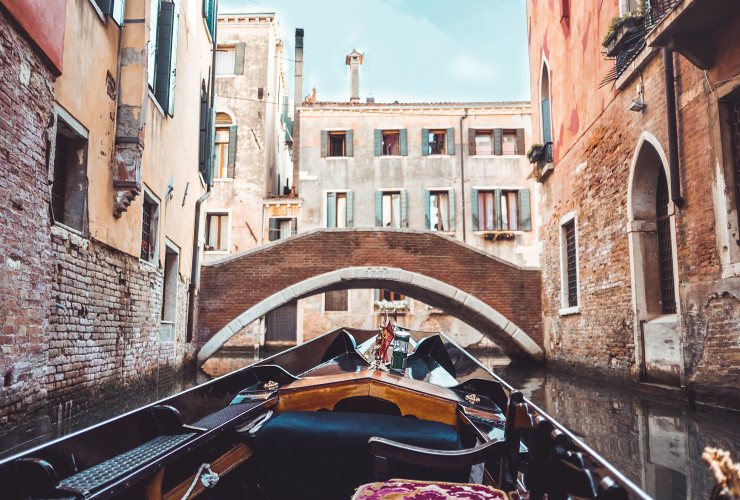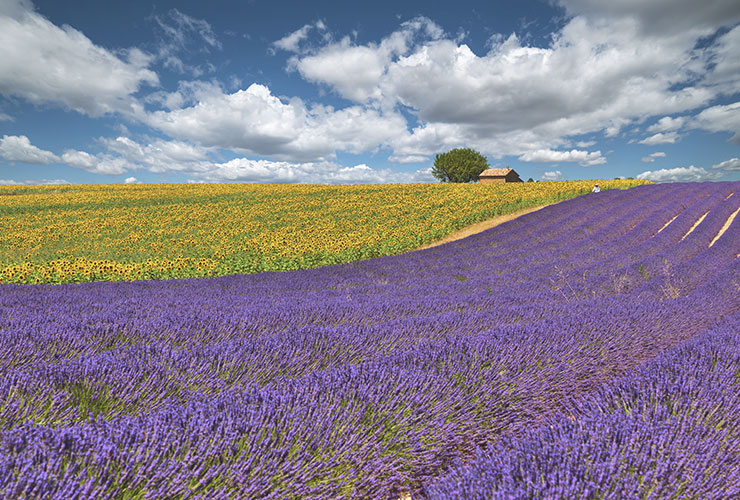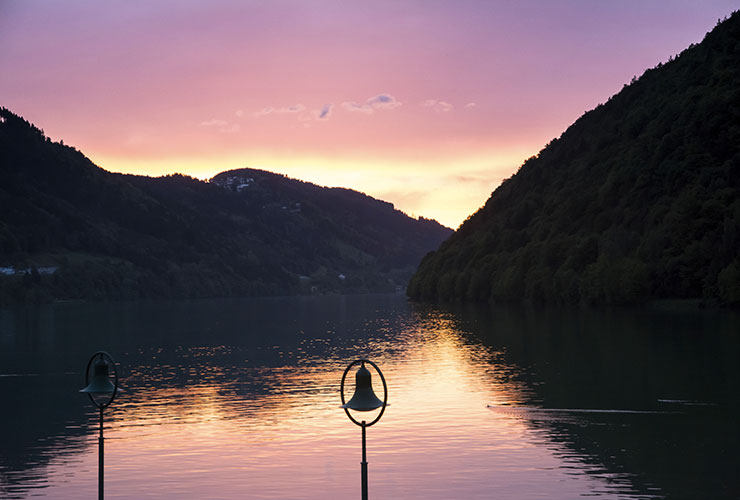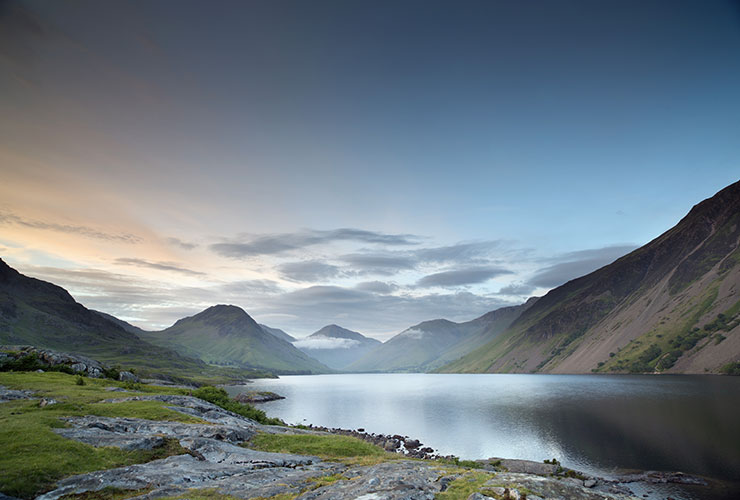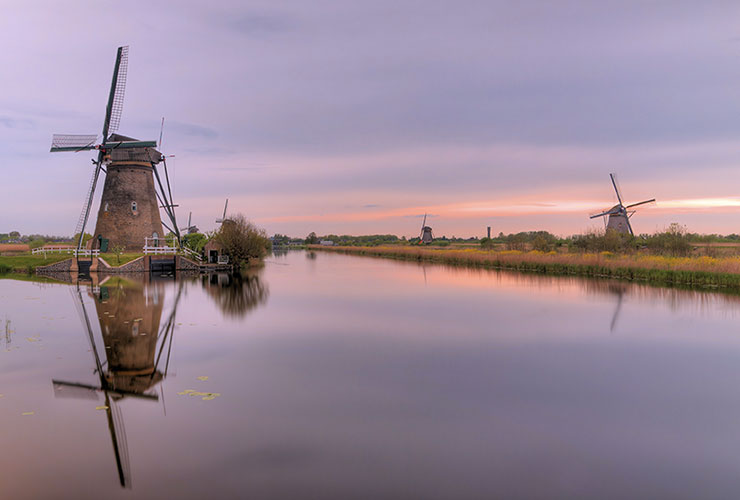Flamenco Experience
Flamenco was born in Andalusia in the triangle formed by the provinces of Jerez de la Frontera, Cordoba and Seville, thanks to the encounter between Andalusian popular music, rich in Arabic and Jewish influences, and the expressive heritage of the Gypsies, who settled on the Iberian Peninsula around 1500.
Gypsies tell their story and the odyssey of a people alternatively persecuted and privileged through the flamenco dance. Largely an oral and often illiterate culture, the songs of the Gypsies were handed down from one generation to the next through live performances within their communities. Important for the development of this art, they imprinted their wonderful interpretive skills and their love for dance and music on this musical genre. It is often thought that the essence of flamenco is dancing, while in fact the core of it is singing. The elements of guitar and dancing were added only later and accompanied the traditional Gypsy elements of jaleo (incitements vocal) and palmas (clapping hands).
The traditional dance costume dates back to the Andalusian fashion of the 19th century, when flamenco got on stage for the first time. Since then women primp with shawls, fans, and long flounced dresses, while men wear tight black pants and flat Cordobesian hats. Shoes are equipped with nails in soles and heels to emphasize the fast rhythm steps. Dancers lift the edge of their skirts all while playing the castanets and fanning their fans to amplify and accompany the actions of the arms and hands.
This combination of song, dance and music is one of the greatest gifts that Andalusia has bestowed the world. Nowadays, the flamenco has been brought into movie theaters thanks to the Spanish film director Pedro Almodovar, especially as seen in his movie Volver. In music, the flamenco guitar player Paco de Lucia has enchanted audiences for many years, and several dancers like the stars Joaquin Cortes and Sara Baras export the flamenco worldwide. The flamenco is witnessed as a popular expression in many areas of culture, foremost during the Andalusian fiestas and ferias that offer special festivals on long and hot summer nights.
The true cradle of flamenco is Jerez. Here you can experience the best flamenco in its famous tablaos flamencos and during interesting festivals: concerts in many Peñas Flamencas (flamenco circles) of the city, the traditional Fiesta de la Bulería in September, and the famous International Festival of Flamenco between February and March. Even Seville celebrates flamenco with three great festivals: the Potaje Gitano in June, the Gazpacho Andaluz between July and August, and the famous and international Bienal de Flamenco that lasts the entire month of September. And any time throughout the year you can enjoy flamenco especially in the tablaos (taverns), typical Spanish places where you can watch a live show while you dine or have a drink.
Flamenco provides for a very captivating show, where the history and the soul of Spain is revived with pride and a nostalgic spirit. It is not just a traditional dance, not only a melancholic song. It is rhythm, passion, love, life! Enjoy the spirited dance of flamenco while on vacation in Andalusia and perhaps even learn it from the very people who dance it every day. It would be the perfect touch of red passion to your honeymoon.
Cadaqués Experience
Cadaqués is a magical and romantic seaside location, a strange mix of a fisherman’s village lit by its white houses and a small meeting place for artists and hedonists. Located in the far North-East of Spain, in Catalonia, it is right on the edge of the Cap de Creus Peninsula, where the Pyrenees mountains meet the sea, just south of the French border.
Cadaqués is located in a rather isolated but charming site near a sheltered cove that is not nearly as touristy as many other places along the Costa Brava. The best way to discover Cadaqués and learn about its history is to wander around the Old Town. Here you can walk and appreciate some large pieces of ancient pavement known as rastell, handmade slates stones placed in a vertical position. While the city has few iconic monuments it boasts an impressive array of art galleries and museums. The Perrot-Moore d’Art Gràphic Europeu is worth mentioning because of its important collection of European graphical art.
Modernism is the most striking architectural style of Cadaqués. Many modernist houses on the seafront were built by local people who emigrated to the Americas and then came back to settle in their home country. Some of these buildings are very unique and closely inspired by Cuban architecture as is revealed through the use of bright colors and unusual building materials.
Throughout the 20th century Cadaqués attracted and inspired numerous artist, such as Pablo Picasso, Marcel Duchamp and Salvador Dalí. The house where the Spanish master Dali lived with its lifelong love, Gala, is located just around the corner from Cadaqués, in the small town of Port Lligat. Here you can visit the Cap de Creus Natural Park, a natural reserve with a wild coast, towering sheer cliffs lifting from the sea and crystal clear water coves. Dalí’s house-museum is a must-see, as his collection of eclectic objects reveal the painter’s lifestyle and inspiration.
Even if Cadaqués has changed significantly since its origins as a fishing village, it retains its very own charm. Walking and moving around the village, on the mountain or along the coast, it becomes evident how Dali was influenced by the scenery and light that prevails here. Cadaqués is very romantic and perfect for couples. You will find yourself fascinated by evocative atmospheres, quaint bays, and blooming wisterias, all spiced by a refined cosmopolitan style.
 Hire Expertise
Hire Expertise Bespoke Itineraries
Bespoke Itineraries Travel Carefree
Travel Carefree